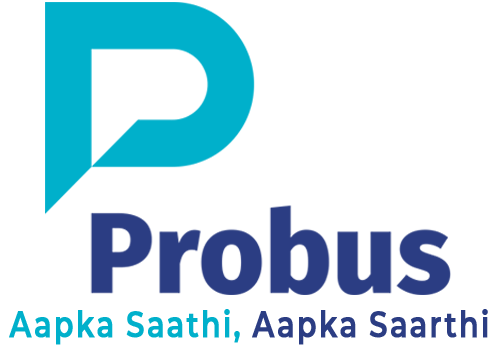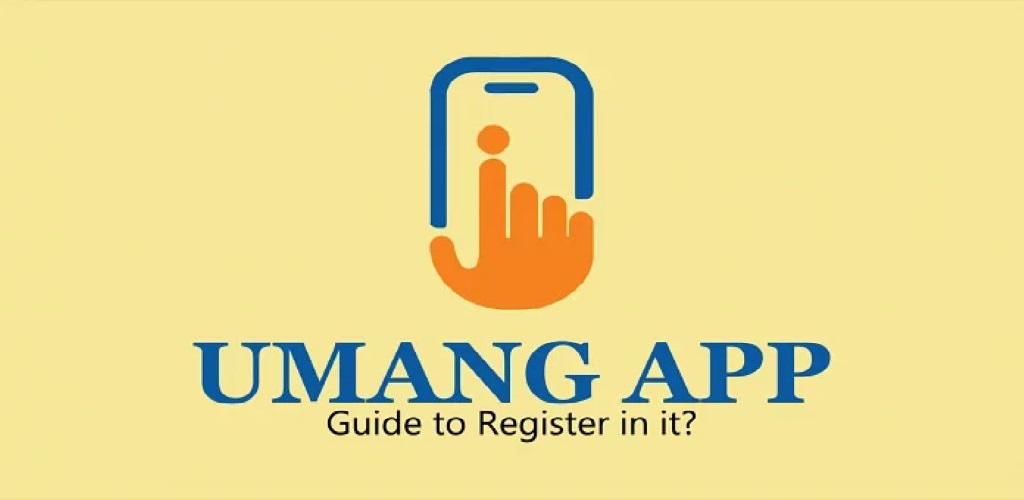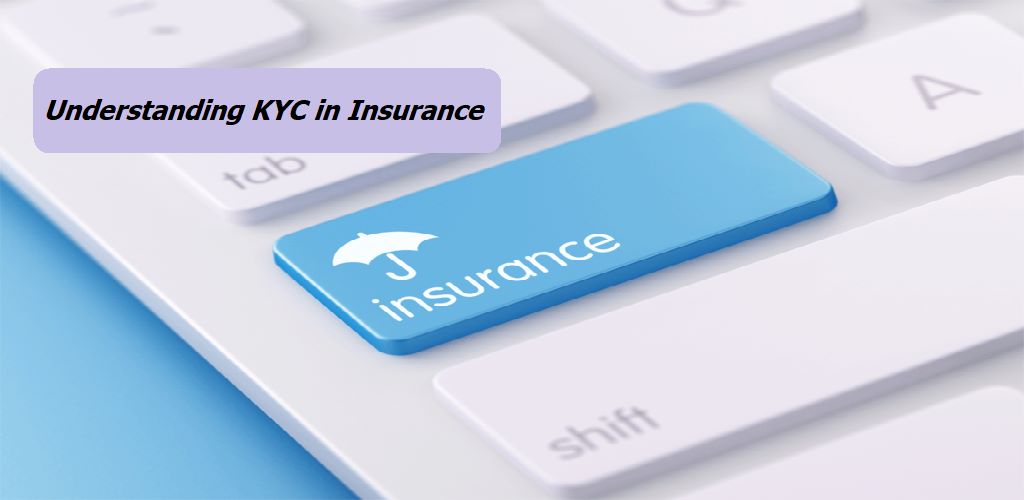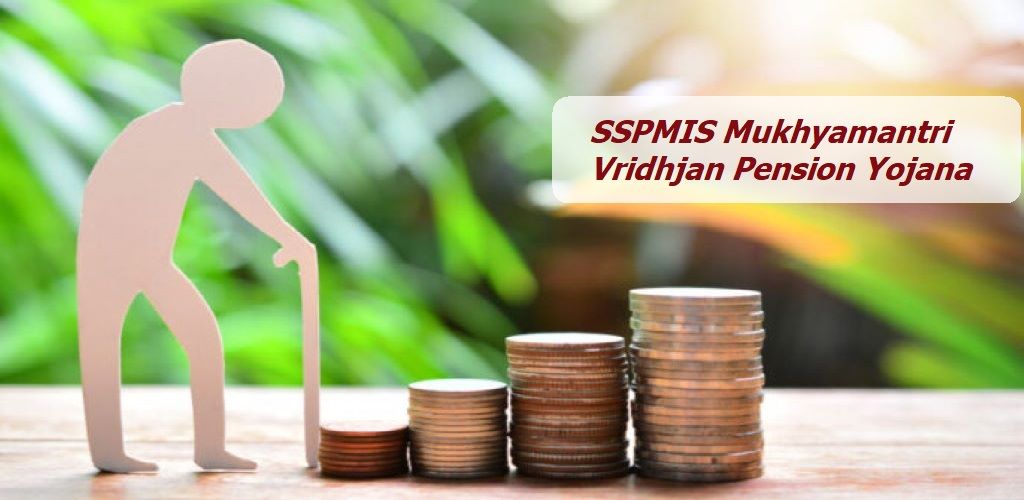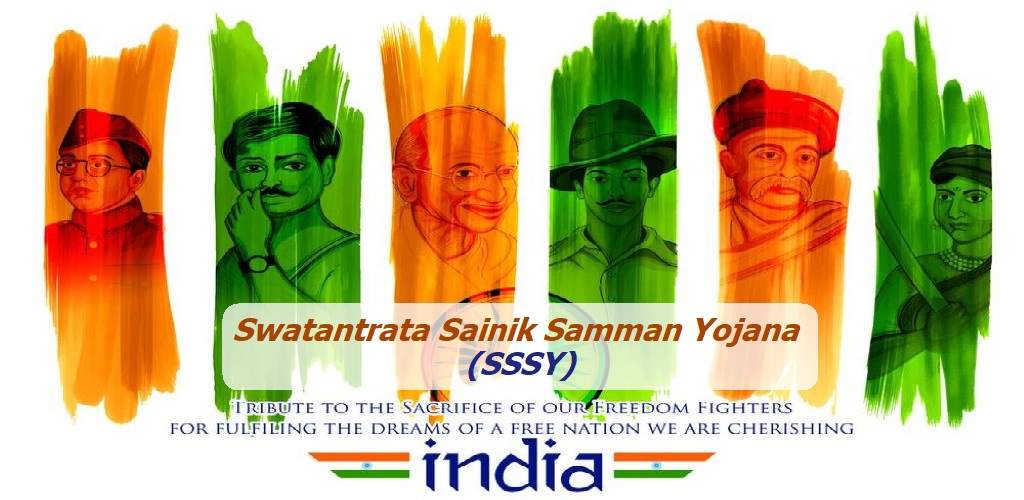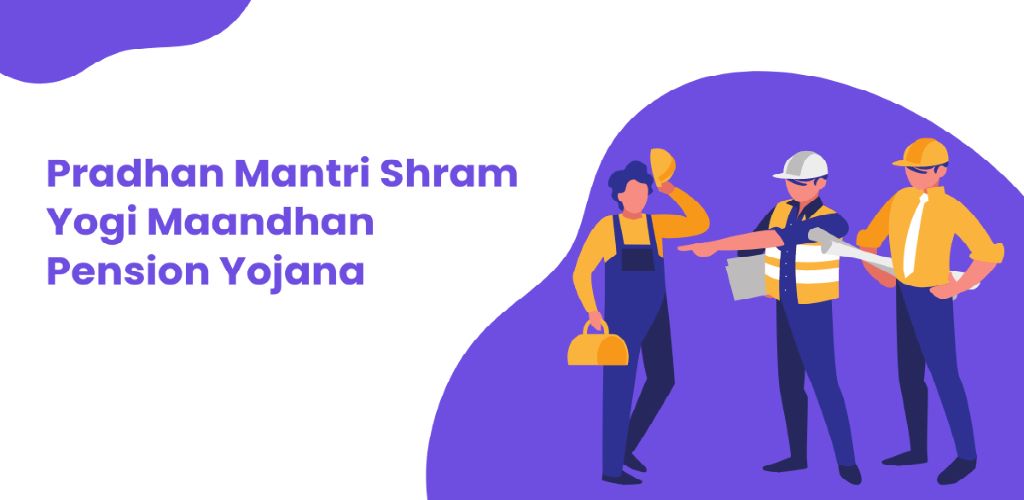Kisan Vikas Patra (KVP) is a small savings certificate scheme introduced by India Post in 1988. The main objective behind the scheme’s launch is to facilitate long-term financial discipline among the population, which would encourage them to save and invest their money securely. The scheme has evolved over the years, and as per the latest update, the tenure for KVP investments is set at 115 months, which equals 9 years and 5 months.
Speaking of the investments in the scheme, it is designed to be accessible to everyone, with a minimum investment required of Rs. 1,000 and no upper limit on the amount that you invest. One of the major highlights of the scheme is that if you invest a lump sum amount today, it will be doubled by the end of the 115 months. While the scheme was targeted at farmers to help them build long-term savings- hence the name “Kisan Vikas Patra”- it is now officially available to all individuals who want to invest.
What features and benefits does KVP offer?
Let’s take a look at the potential features and benefits of KVP.
- Guaranteed Returns
One of the major highlighting features of the KVP is that it promises guaranteed returns. Unlike other market-linked investment options, KVP ensures that you shall receive the sum promised, no matter what. Remember that the guarantee is important because the scheme was originally designed for the farming community where the focus was on encouraging long-term savings for unforeseen circumstances.
- Capital Protection
Another major reason to invest in KVP is that it is a safe and secure option, unlike some other market-linked plans. When you invest in KVP, your capital is protected, which means that the amount you invest, along with the accumulated returns, will be fully yours at the end of the tenure. Thus, it makes an MVP an ideal choice for those seeking to preserve their capital while still earning a reasonable return.
- Lucrative Interest
One of the major interesting aspects of the KVP is that it offers an attractive interest rate which may vary depending on your certificate. Currently, for the second quarter of the fiscal year 2024-25 (from July 1 2024 to September 30, 2024), the interest rate is set at 7.5% per annum, compounded annually.
- Loan Against KVP Certificate
Another major benefit of Kisan Vikas Patra is its utility as collateral. If you ever need a loan, you can use your KVP certificate as security to obtain a secured loan. The scheme’s major highlight is that loans taken against KVP have lower interest rates than unsecured loans, making them a cost-effective borrowing option.
- Maturity Period
KVP has a maturity period of 115 months or nearly 9 years and 5 months. At the end of the period, you can easily access the full amount of your investment along with the interest it has earned. Interestingly, if you don’t withdraw the amount immediately upon maturity, the investment will continue to gain interest which allows your money to grow even more.
- Nomination Facility
One of the most convenient features of the KVP is that it offers the option to nominate someone who shall receive the benefits in case of the account holder’s unfortunate demise. To set it up, you may need to collect a nomination form from your nearest office and fill out the nominee’s details. If you are nominating a minor, ensure you include their date of birth.
- KVP Certificate Issuance
Last but not least, the issuance of a KVP certificate depends on how you make your payment. If you pay in cash, you shall receive your KVP certificate immediately at the post office. However, if you decide to pay by cheque, demand draft, or money order, there will be a waiting period until the payment clears with the post office. Once the payment is confirmed, your certificate will be issued, which means your investment has just begun.
How do you Apply for a Loan Against KVP?
If you are interested in applying for a loan against KVP, you may need to follow the following steps.
- In the first step, you will need to select a financial institution that offers a loan against Kisan Vikas Patra (KVP). Ensure you compare loan terms and interest rates from multiple lenders.
- After selecting a lender, review the loan terms, which will be based on your profile and credit history. Typically, banks offer loans up to 80% of the KVP’s value.
- Then, you will need to prepare your documents (mentioned below), fill out the lender’s application form and submit it along with your documents and KVP certificate.
- Upon approval, you will need to pledge your KVP as collateral.
- Once the KVP is pledged, the loan amount will be credited to your account.
Note: Don’t forget to repay the loan on time to avoid damaging your credit score or losing ownership of your KVP certificate.
What are the Documents Required for a Loan Against KVP?
If you’re applying for a loan against KVP, here are the documents that you will need;
- Pay slips or Income Tax Returns (ITR).
- Original KVP Certificate as collateral.
- KVP Pledged Application in Form 4
- Acceptance Letter from the institution providing the loan.
Final Thoughts
So, there you have it! That’s a wrap to the steps to take a loan against KVP! There is no denying the fact that KVP is an excellent option for those seeking a secure, long-term investment with no upper limit on contributions. Its added benefit of serving as collateral for a loan makes it an even more attractive investment tool. Whether for personal or business purposes, you can easily access funds by leveraging your KVP certificate and, most importantly, at a lower interest rate. Furthermore, the quick and hassle-free application process and favorable loan terms significantly enhance the KVP as a reliable financial asset.
